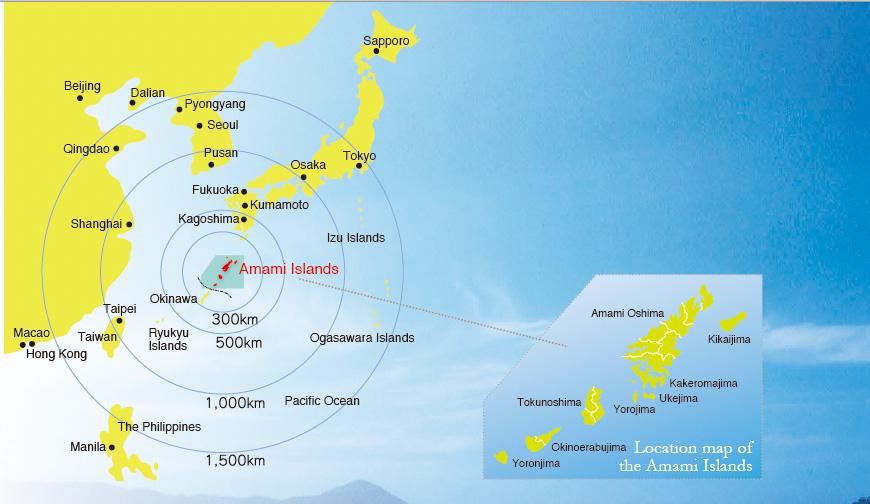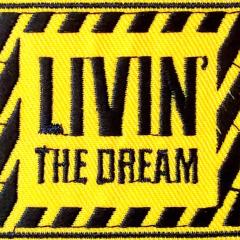Finally, a break in the weather we have been waiting for. A good day to go biking, but first breakfast.
I can't abide mayonnaise. The partner ate this macaroni salad for me.
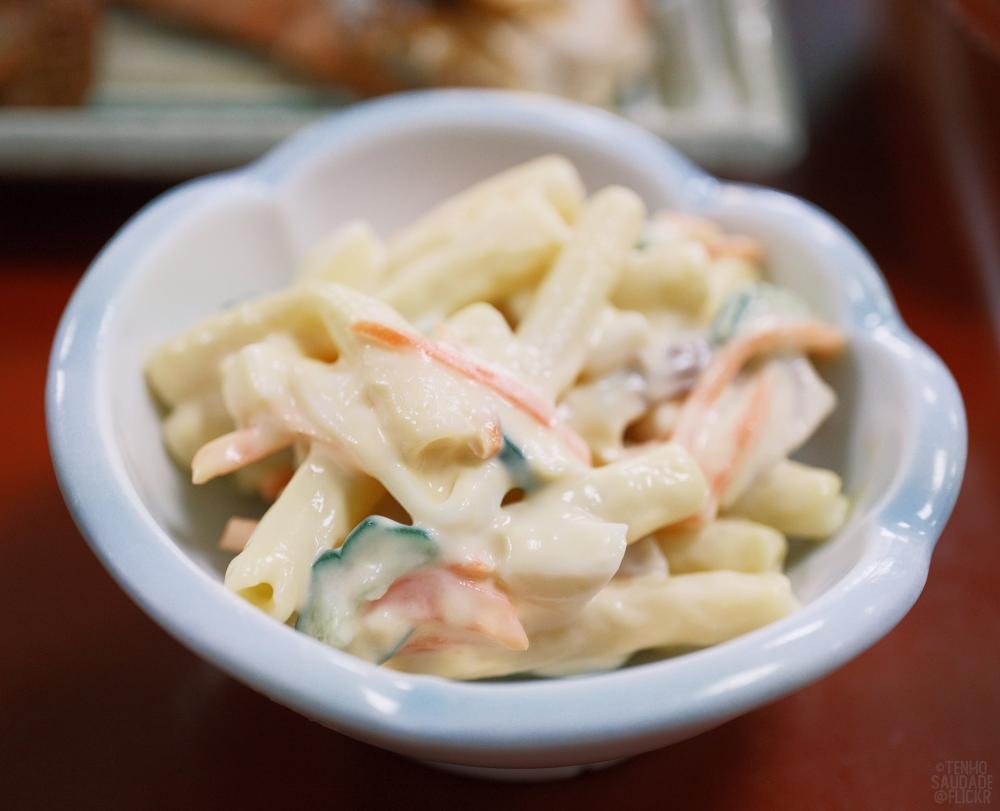
My "Neba-neba don" (or, slimy rice bowl). The one ultimate "neba-neba" ingredient missing here is grated yamaimo ("mountain yam"). Some say "Neba-neba don" is a test for the adventurous eater. People are really put off by the texture, especially when every ingredient in the meal is slimy (minus the rice). 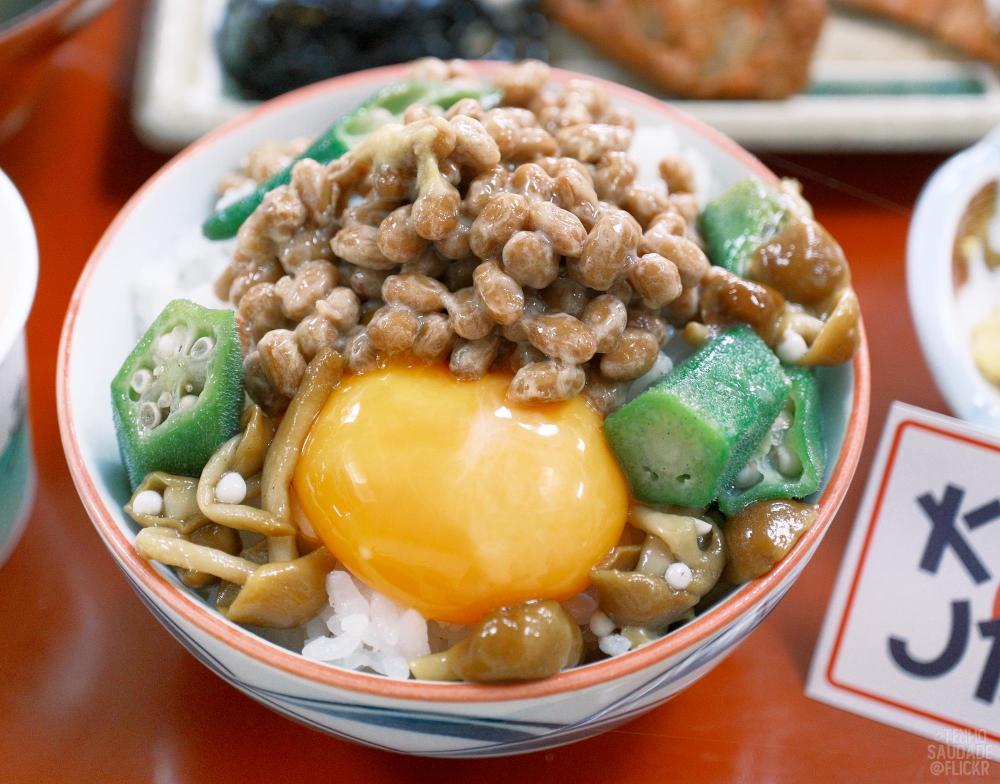

Some photos from the bike trip today. We couldn't see everything (only people with cars could cover the distance in one day) but still, it was a fun thing to do on the island. Hardly anyone on the street or outside but when we saw someone they would nod hello (and sometimes give a thumb up). Probably because it's not common to see foreign tourists, let alone using bikes.
The bus goes 3 times a day in each direction.

One of the most typical sights on Kikai: natural coral lagoons (usually surrounded by coastal plants).

A traditional island-style stilt house. The coral wall looks like it's damaged in parts, otherwise it would not be possible to see much behind it.
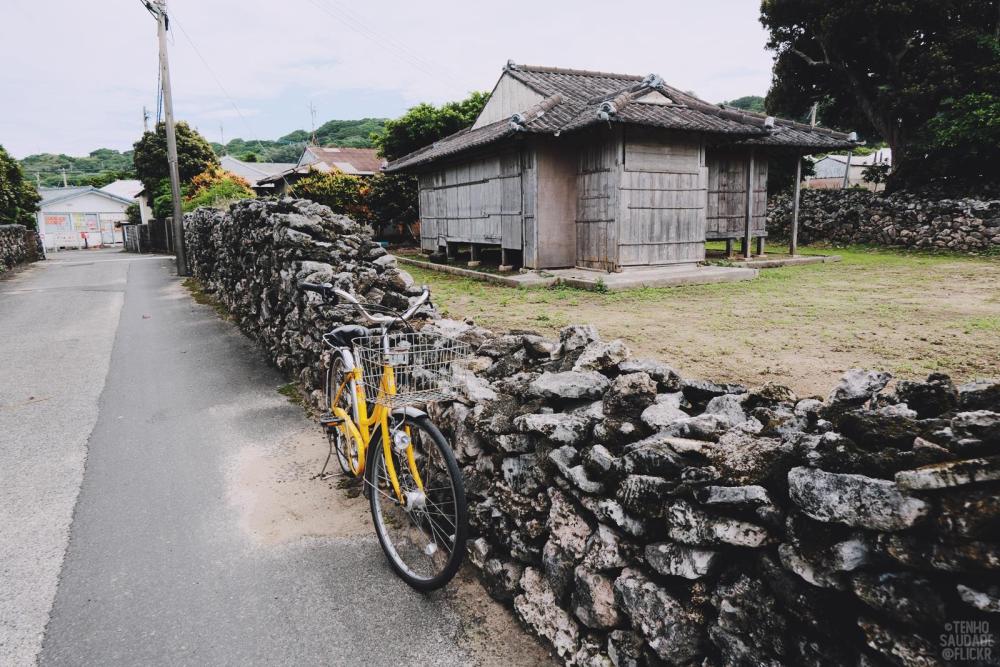
A lone tree in an area full of sugarcane fields
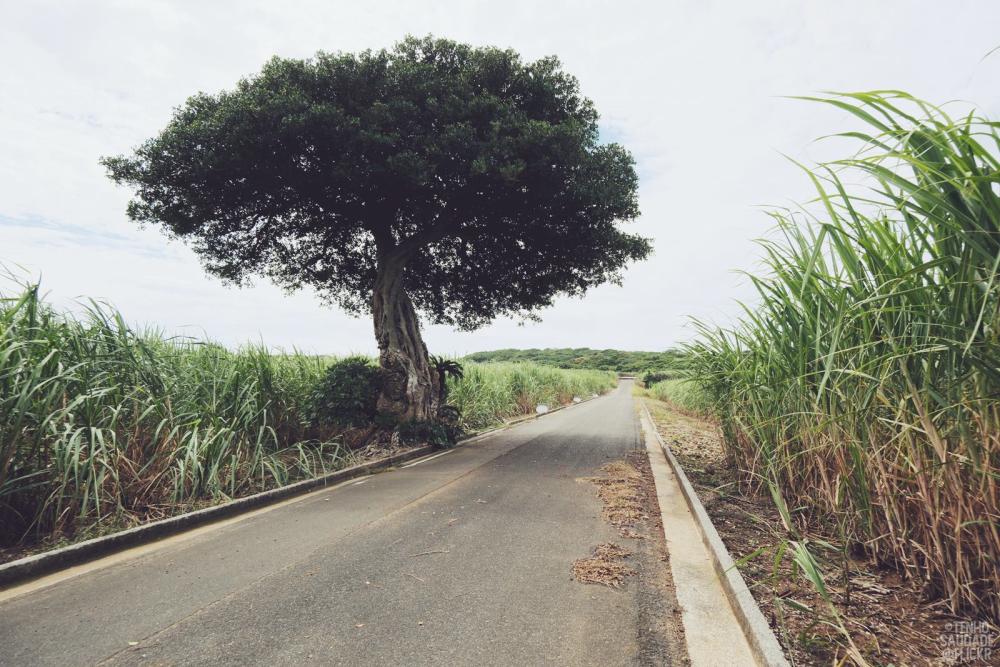
Sago palm and other opportunistic plants on the same lone tree
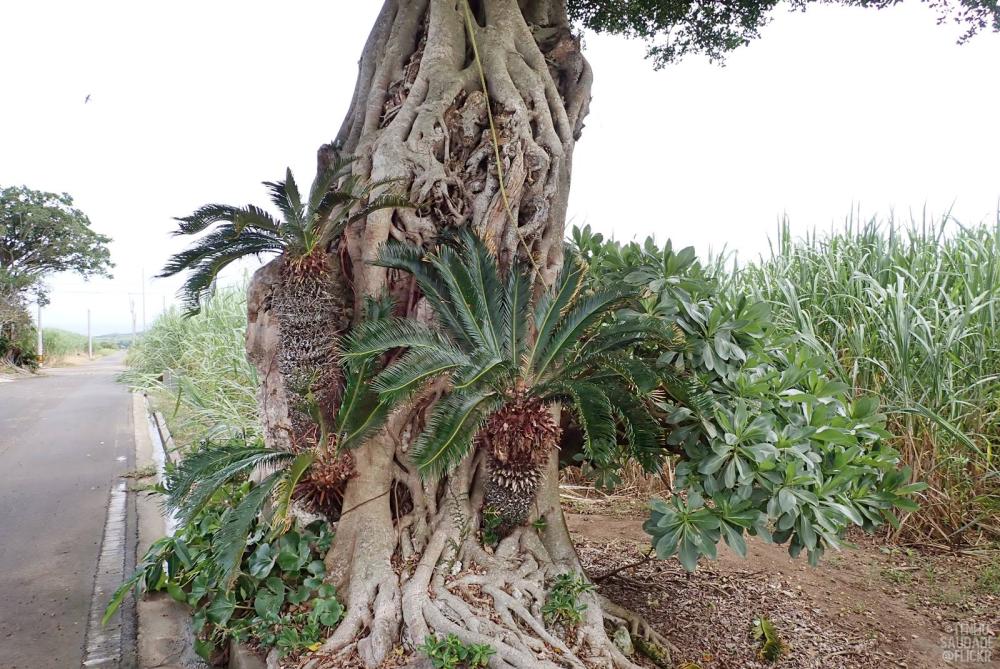
This road is known as Sugarcane Road. 2.5km (1.5mi) long and is completely straight.
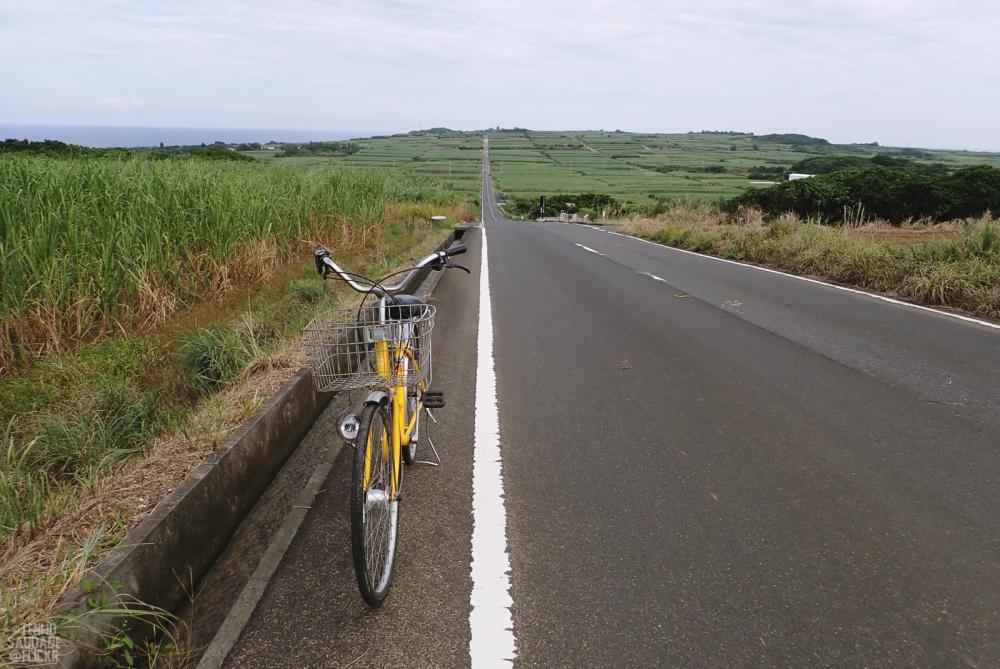
The 3 main crops on Kikai are sugarcane, sesame, and citrus. In the old days they coudln't grow rice, were forced to grow sugarcanes. Kikai was an impoverished island throughout much of its history, including the years under US occupation. Those days are finished.
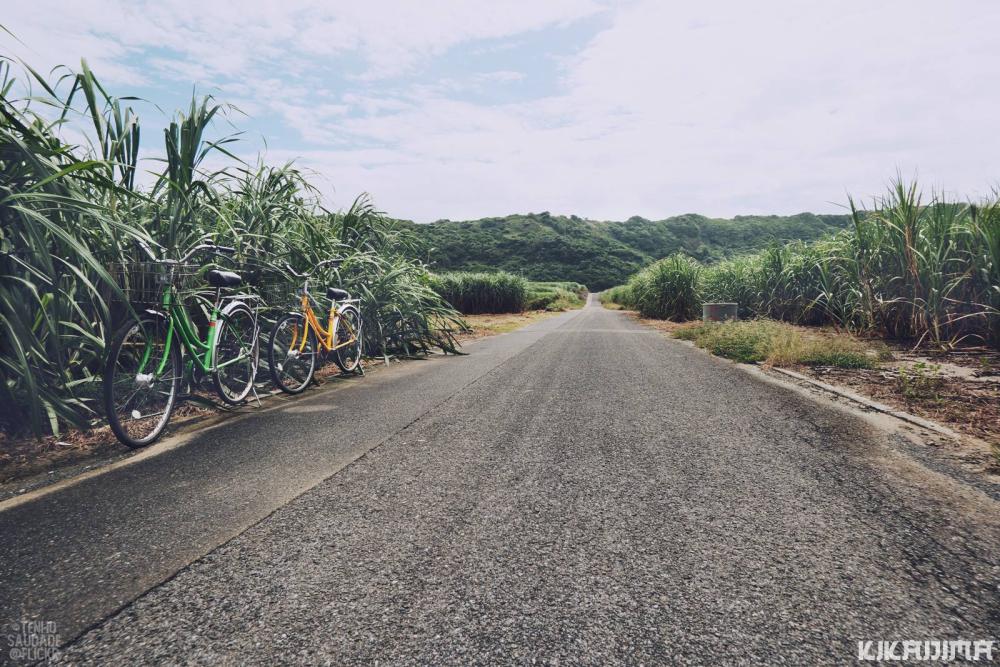
Sugarcane fields absolutely everywhere and no one was around.
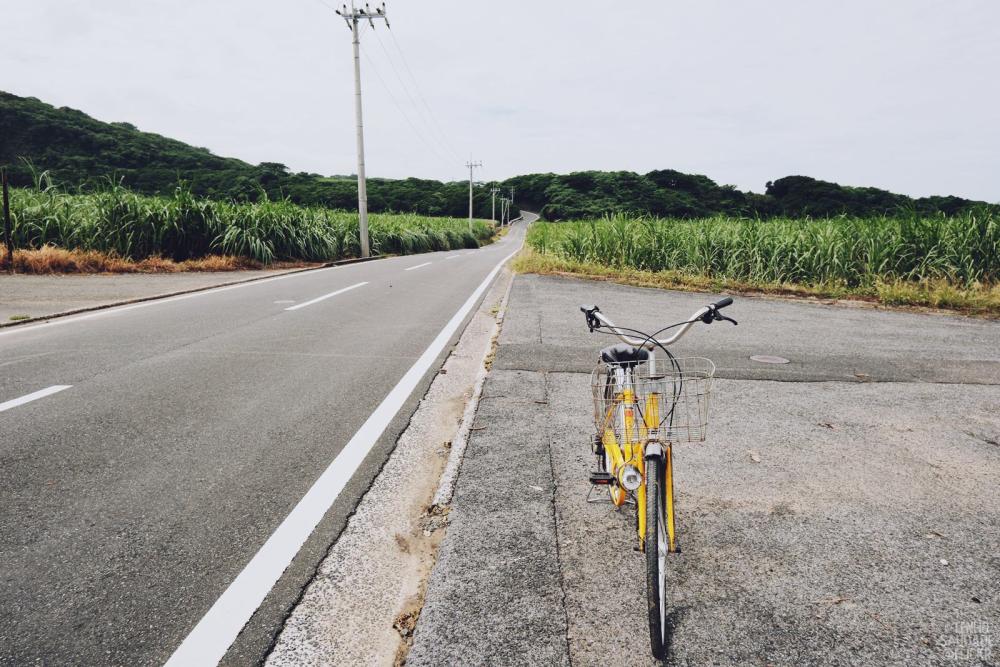
Living the fantasy: being on a silent, people-less planet.

A tiny supermarket in a village along the route was open. We needed some cold drink and snacks.

Dutch traders brought potatoes to Nagasaki from Jakarta in 1598. They are still growing and eating potatoes but sweet potatoes are used far more in regional cuisines.
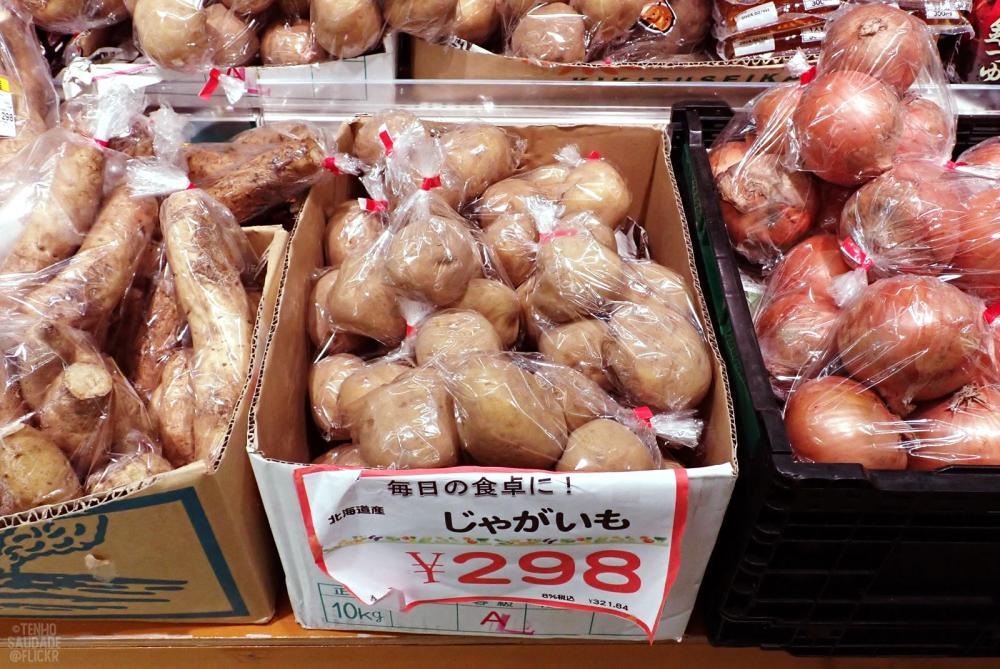
Found a place to eat our snacks and rest a little. A shrine in the middle of nowhere. So eerily quiet and cool under all these trees.
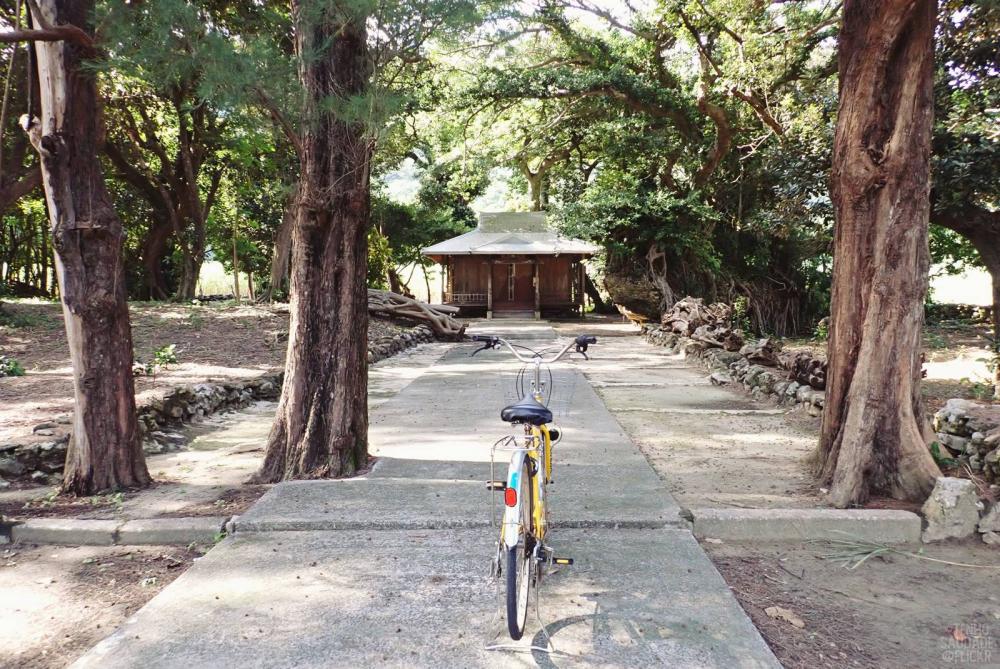
Tuna, rice parcels and citrus (thick skinned, always green but sweet).

Came across a farm with sesame drying just next to the farmers' house (which is next to the parked car).
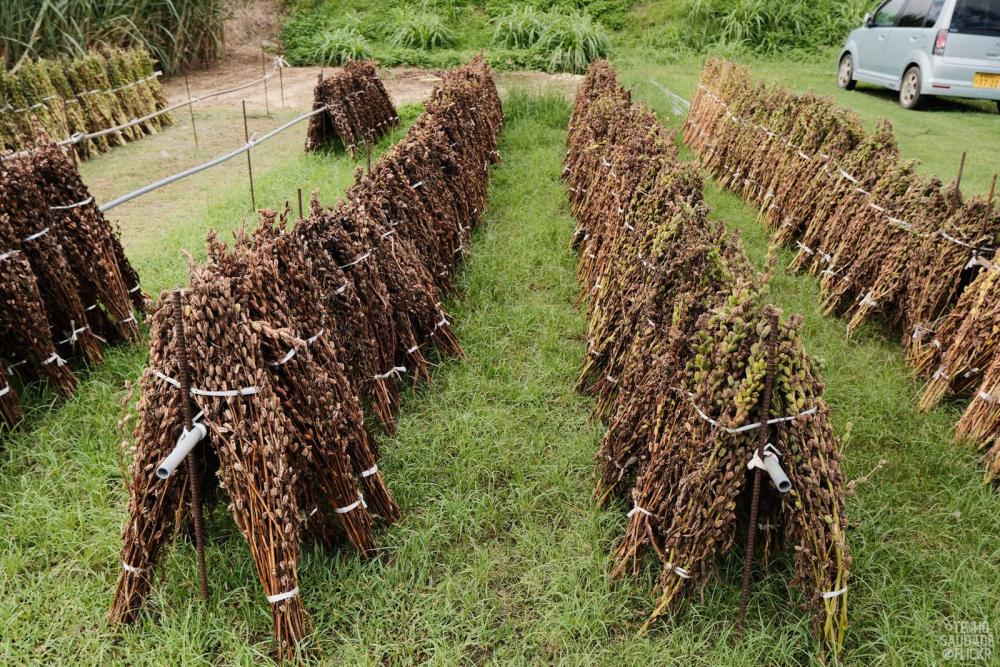
The above and this is the total production of sesame. Farms here are small, like most things.
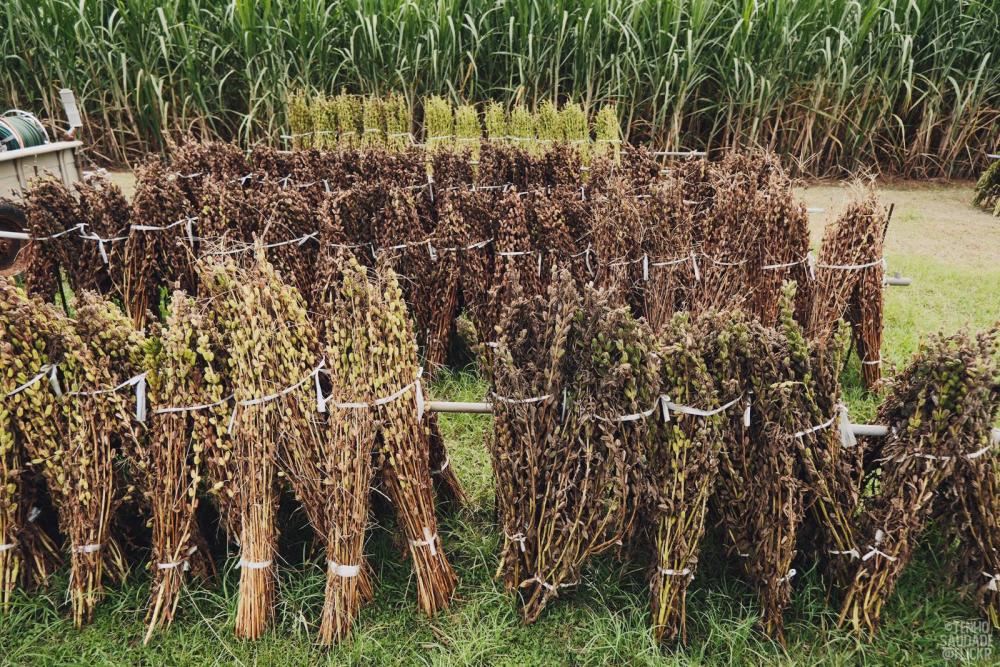
Autumn is harvest season. No wonder we saw drying sesame everywhere.

Passing through this village, which is on every tourist's itinerary. It's on the list of "most beautiful villages in Japan". To us, coral walls on an island called Taketomi in Okinawa is far, far more beautiful, though. The coral walls are low, which allow full views of the typical Okinawan homes, the gardens that's full of fruit trees, dripping bougainvillea and hibiscus, dragon fruit plants use the wall as a support. It's not like that here.
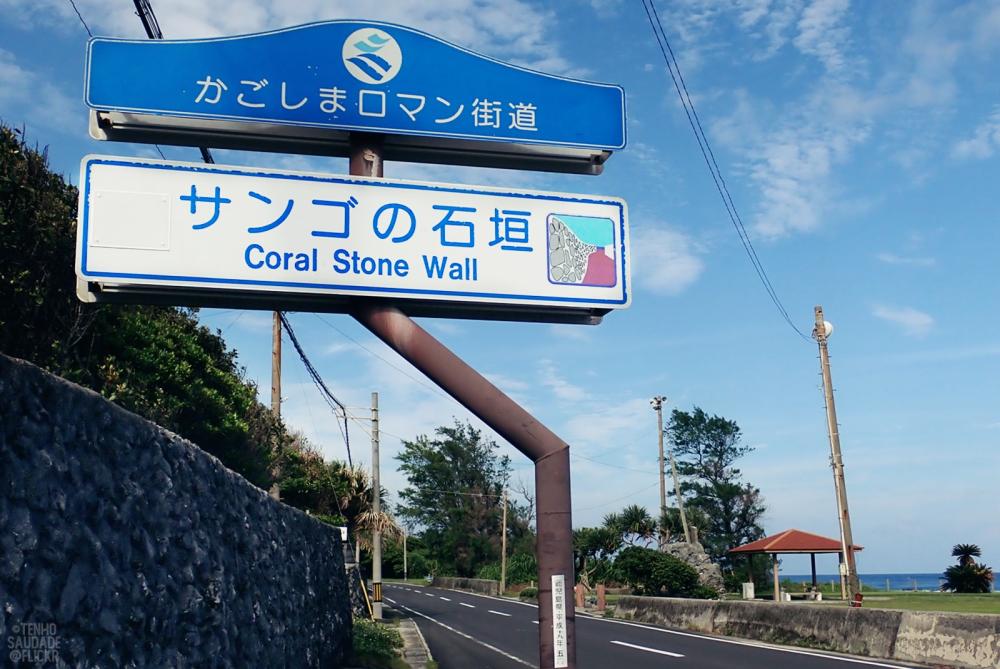
The coral walls are much too high, you can't see the gardens and houses at all. In the old days corals were used in construction and to make many other things. After collecting corals was banned they used concrete. The main purpose of these coral walls is to protect the house from frequent typhoons. They say the walls also give you an idea about the (financial) status of the owners. The nicer the coral wall, the more (financially secure)/successful the people living behind it.
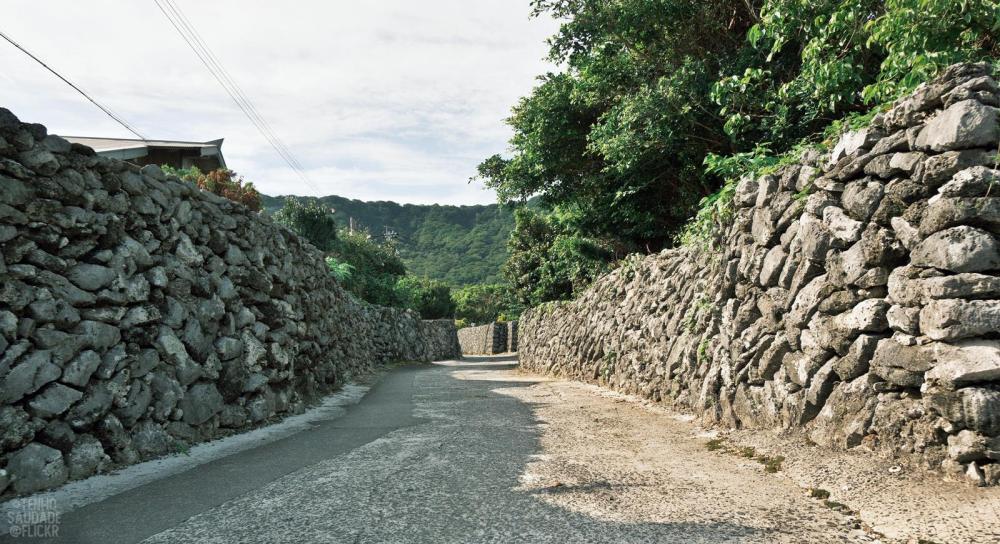
More farms
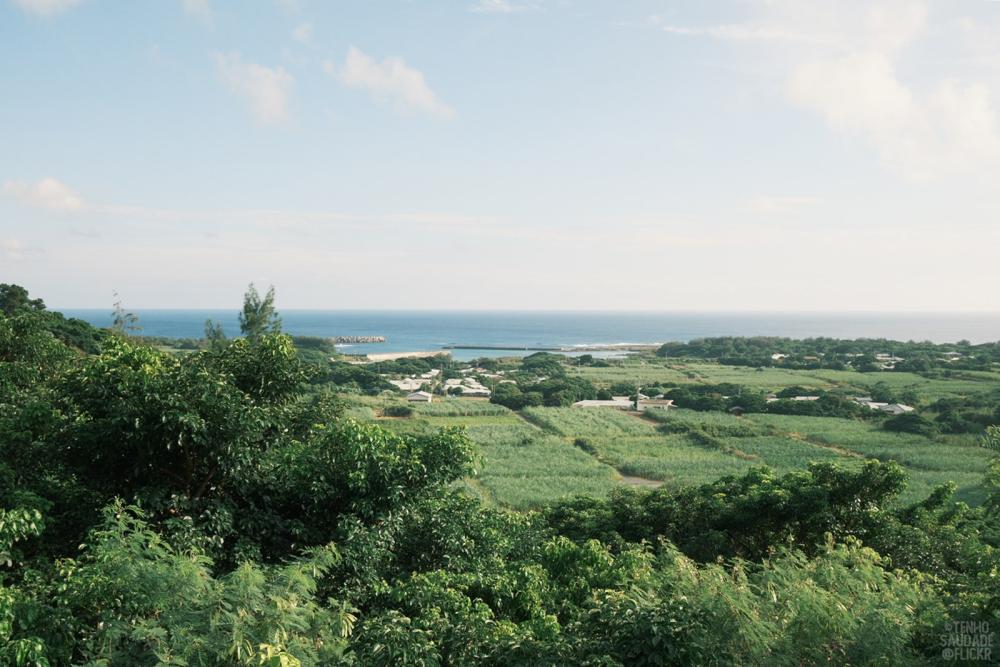
My bike admiring Kikai's sea and sky
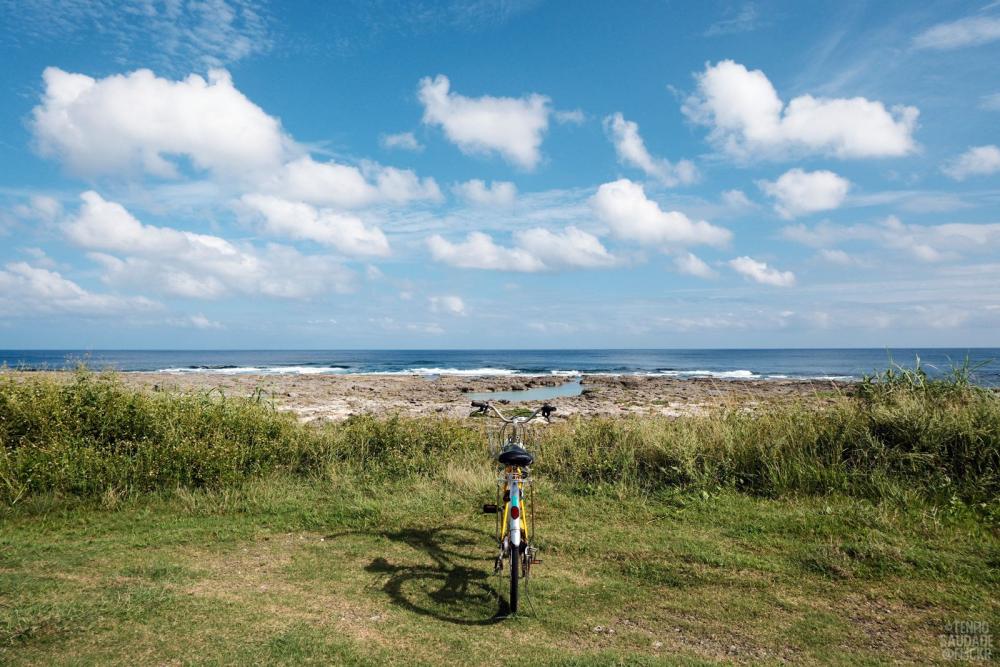
Not able to finished the bike tour yet but we had to head back during golden hour. Took 8 hours in total. In some parts we had to get off our wobbly bikes and walked half an hour each time until we reached a flatter surface. You would probably not feel it in the car but on a bike it's not so easy going up hill, especially in hot and high humidity conditions.
Farms cover much of the island's surface. Time passes very slowly here, islanders are cheerful and friendly. Nothing really happens here. We loved it. It's like going back in time, when things were simpler.
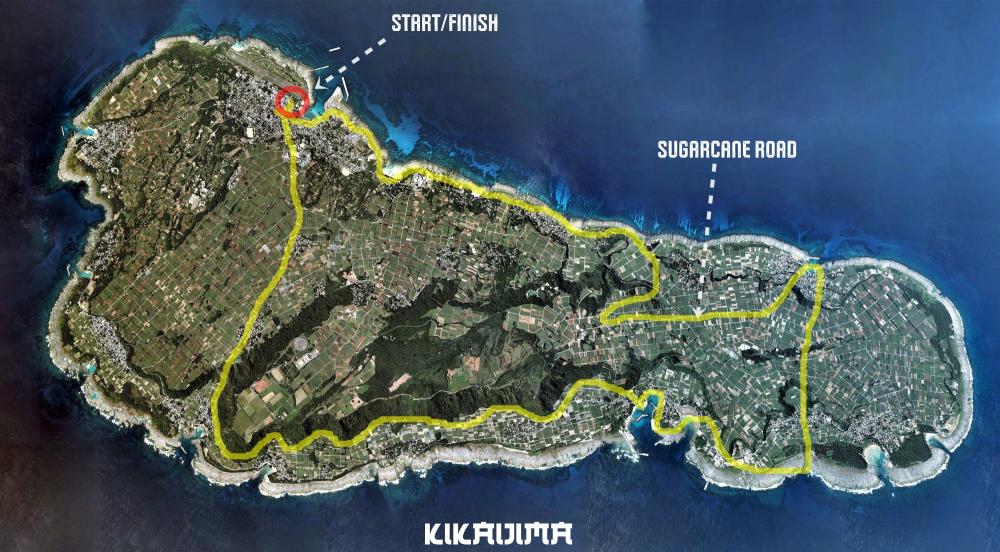
Tired and famished after the bike trip we went to a simple sushi restaurant round the corner from the hotel. I don't like sushi but we wanted to give them business, and besides, it's not like there are endless choices of places to eat on this small island. Welcoming and friendly owners made me a bit more enthusiastic about sushi.

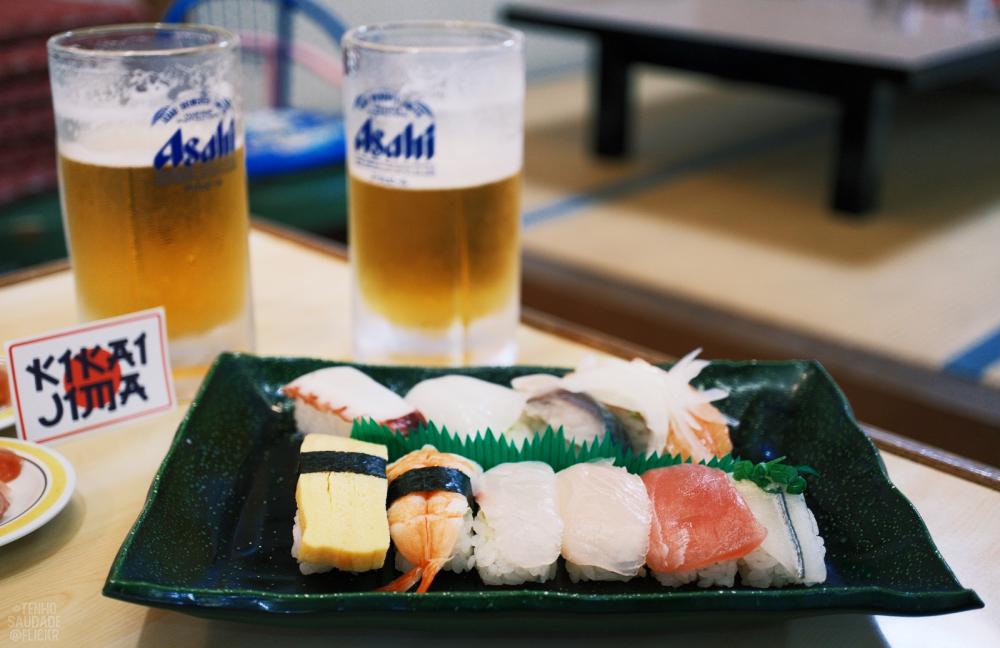
Crispy chicken thigh meat
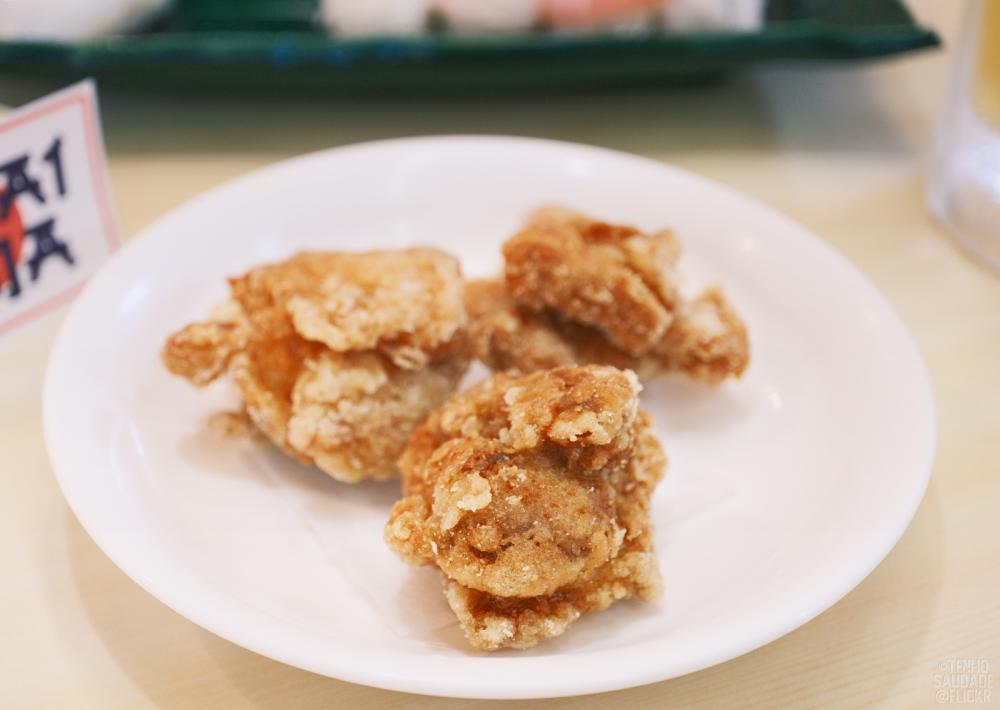
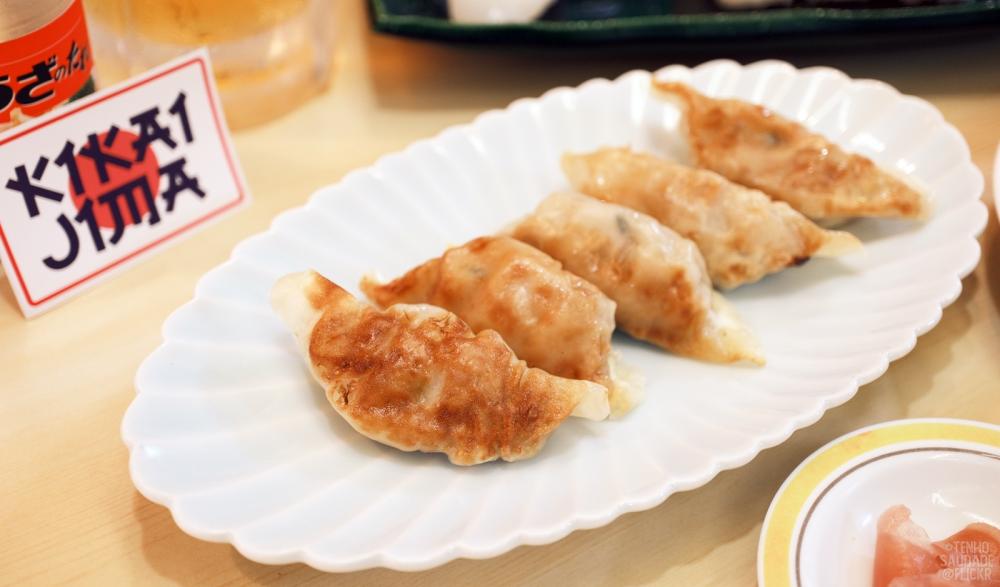
And more sushi
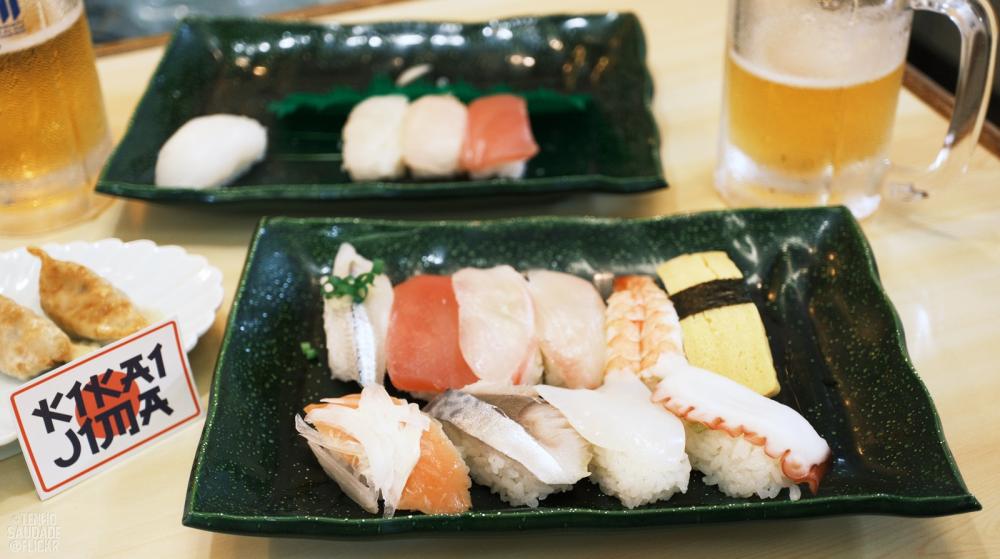
More beer back in the hotel room later to end this long and interesting day. Even the weather cooperated. Our legs hurt for days after all this biking. Not much going on in our remaining time on the island besides swimming in a coral lagoon.
FYI, Kikai is 25km east of Amami-Oshima (see enlarged inset).
